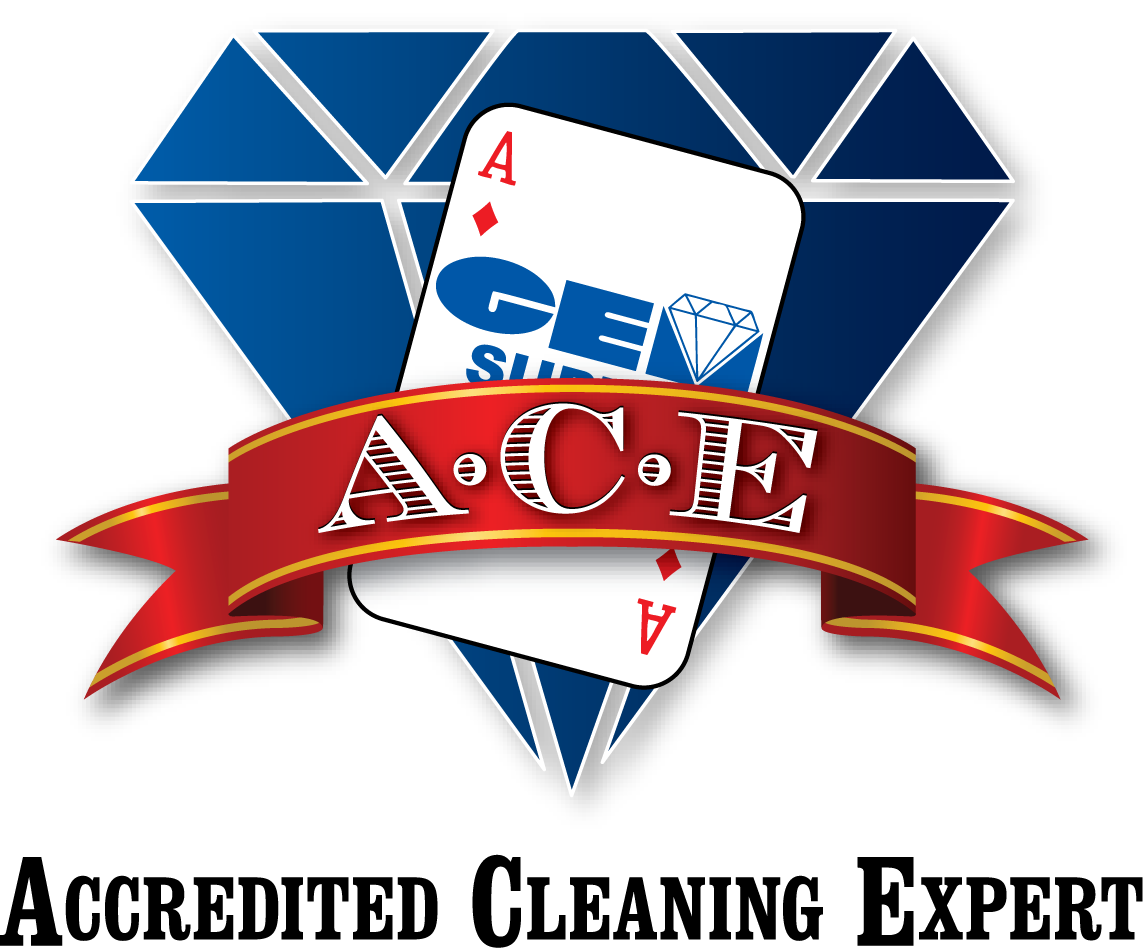How to Motivate Your Employees
For the first time, in-house facility managers are faced with the challenge of overseeing four generations of employees in the workplace: Traditionalists (born before 1946), Baby Boomers (born from 1946 to 1964), Generation X (born from 1965 to 1980), and Millennials (born after 1980). Understanding the differences between the generations is critical if custodial executives want to build a successful, multigenerational department.
Although the older generation is reaching the age of retirement, a significant amount of them are staying in the work force or returning as part time employees out of necessity. This has caused us to see large gaps in the age ranges that are in the workforce.
According to industry consultants, this new work dynamic can lead to friction when the attitudes and work ethics of different generations clash.
According to Ralph Peterson, training manager for Healthcare Services Group Inc. “They don’t know how to treat each other, and there’s often a lack of respect from both sides. But the good news about these generations, is they really can work together well. They understand the mission, and they have no problem working hard. You just have to understand, they all have different triggers.”
To understand these “triggers”, the best place to start is with each generation’s strengths, characteristics, work habits, and motivation to help form an effective plan to motivate your employees.
The Traditionalists were raised during the great depression, and as a result, they learned how to work hard and have a commitment to a company. “Traditionalists” are no strangers to hard work and long hours, and have respect for authority within the company.
Baby Boomers are the optimists of the generations and believe hard work will lead to self growth. This group is effective in groups, but can not be relied on if conflict arises. Similar to the Traditionalists, the Baby Boomers look for job security and stability; something they can ride out until they retire. The majority of these groups are comfortable working 50-60 hours and this is their main value.
Generation X is a goal oriented group that is accustomed to multitasking and are familiar with technology. They work well in teams and are looking for job security like their parents.
The Millennials require a lot of attention; they are used to getting praised for their work at home. This generation is very straightforward with their ideas and are always looking to improve procedures through their tech savvy ways.
Having all of these diverse generations can be a blessing and a curse in one. On one hand, you have massive availability to knowledge and different ways of thinking, allowing for innovation and optimization in the workforce. On the other hand, you have to find a way to connect these groups. While they can work together, it is difficult to create a bridge to fill the gap between these four generations. This requires giving customized instructions for each group. If you give a Traditional or a Baby Boomer a job and say “This needs to be done because I said so” you will receive positive feedback, but for the younger generations of Gen Xers and Millennials, they want to know the reason(s) for the task they are being asked to perform.
A manager looking to succeed in managing a multigenerational workforce must be mindful of the diversity of their work force, while applying incentives for these different generations to use their skills to work toward common goals.
![]()
